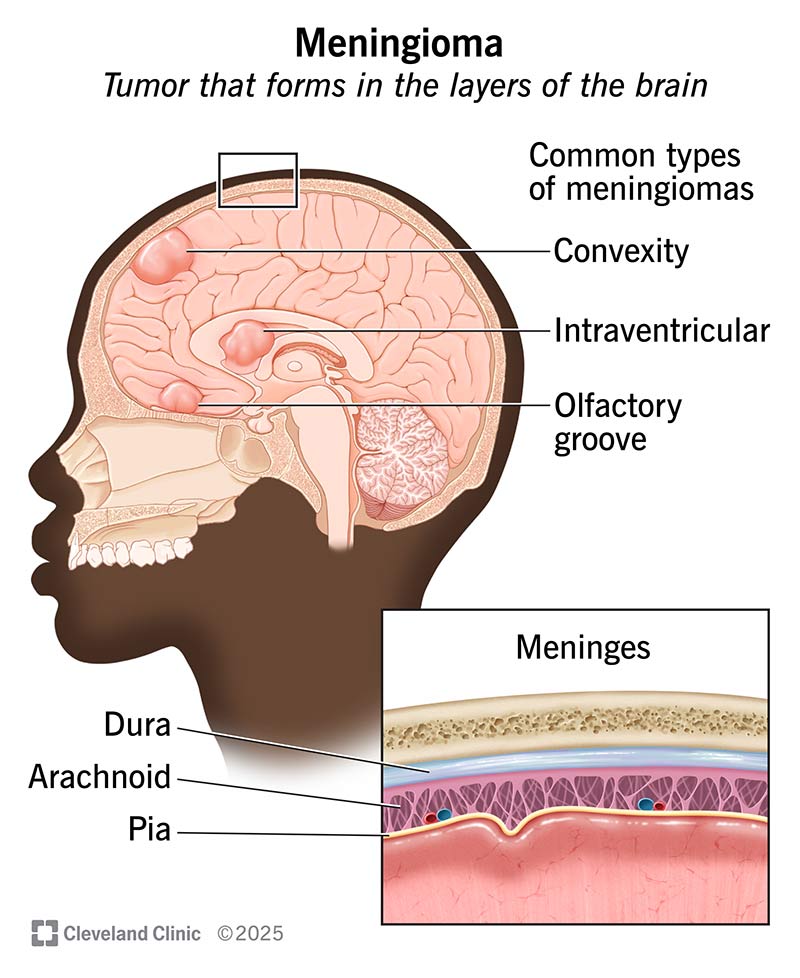In this article, you will discover valuable information about the symptoms of meningioma, a type of brain tumor. By understanding these symptoms, you can quickly recognize any warning signs and seek prompt medical attention. Meningiomas may present in a variety of ways, such as headaches, seizures, vision problems, or even personality changes. By exploring these symptoms, you will gain a better understanding of the potential impact this condition can have on your health.
Introduction to Meningioma
Welcome to this comprehensive article about meningioma, a type of brain tumor that originates in the meninges, the protective membranes that surround the brain and spinal cord. In this article, we will explore what meningioma is, its different types, the causes and risk factors associated with it, as well as the symptoms that may indicate its presence. Whether you are seeking information for yourself or a loved one, we hope this article will provide you with a better understanding of meningioma and help you make informed decisions about your health.
What is Meningioma?
Meningioma is a tumor that typically grows in the meninges, which are the layers of tissue surrounding the brain and spinal cord. These tumors are usually slow-growing and can develop from cells within the meninges. While meningiomas are generally classified as benign tumors, they can still cause serious health issues depending on their size, location, and growth rate.
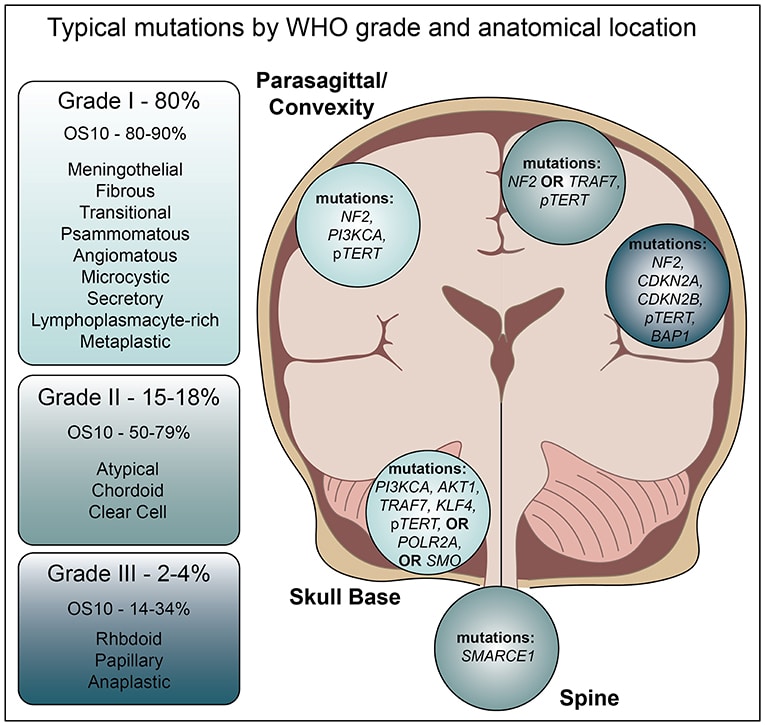
Types of Meningioma
Meningiomas can be categorized into three different grades based on their aggressiveness and potential for spreading:
Grade I Meningioma
Grade I meningioma is the most common type and is considered the least aggressive. These tumors grow slowly and tend to have well-defined borders, making surgical removal more feasible. Most grade I meningiomas do not recur after they have been removed.
Grade II Meningioma
Grade II meningioma is less common but more aggressive than grade I. These tumors have a higher likelihood of recurring after surgical removal and may exhibit more invasive growth patterns. Grade II meningiomas are characterized by an increased cellularity and a higher mitotic index compared to grade I tumors.
Grade III Meningioma
Grade III meningioma, also known as anaplastic or malignant meningioma, is the most rare and aggressive form of meningioma. These tumors grow rapidly, have a higher mitotic index, and are more likely to infiltrate surrounding tissues. Grade III meningiomas are associated with a higher risk of recurrence and have a poorer prognosis than grade I and II tumors.
Causes and Risk Factors of Meningioma
The exact causes of meningioma are still unknown. However, research has identified certain factors that may increase the risk of developing these tumors. It’s important to note that having one or more risk factors does not guarantee the development of meningioma, and many people with meningioma have none of the identified risk factors. The following are some factors that have been associated with an increased risk of meningioma:
Genetic Factors
There is some evidence to suggest that certain genetic conditions, such as neurofibromatosis type 2 (NF2) and familial meningioma, can predispose individuals to develop meningiomas. NF2 is a rare genetic disorder characterized by the growth of noncancerous tumors in the nervous system, including meningiomas.
Hormonal Factors
There is a higher incidence of meningiomas in women compared to men, leading researchers to suggest that hormonal factors may play a role in their development. Estrogen and progesterone receptors are commonly found in meningiomas, indicating a potential link between sex hormones and tumor growth.
Past Radiation Exposure
Exposure to high-dose radiation, such as radiation therapy for the treatment of other cancers or head and neck radiation for benign conditions, has been linked to an increased risk of developing meningiomas. However, the risk is generally low, and most people who have received radiation therapy do not develop meningiomas.
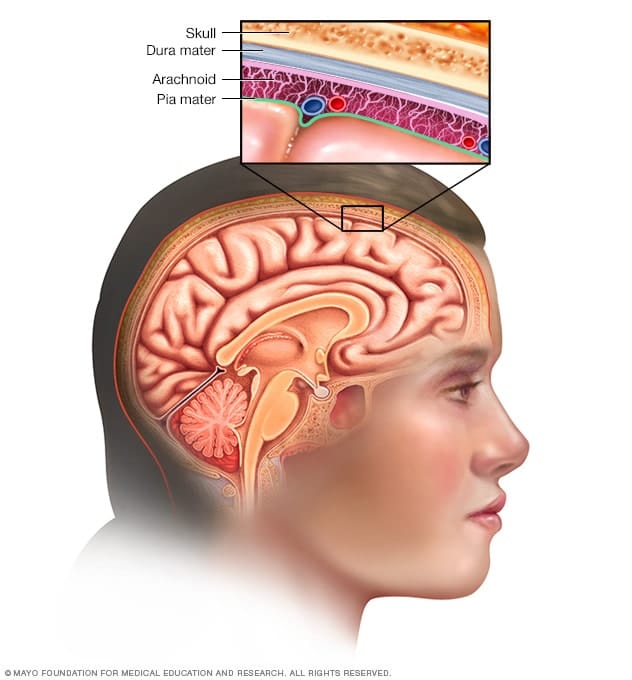
Symptoms of Meningioma
The symptoms of meningioma can vary depending on the size, location, and growth rate of the tumor. It’s important to note that these symptoms can also be indicative of other medical conditions, and the presence of these symptoms alone does not confirm a diagnosis of meningioma. However, if you experience any of the following symptoms, it is essential to consult with a healthcare professional for proper evaluation:
Common Symptoms
Headaches
Headaches are the most common symptom of meningioma. These headaches are often persistent and may worsen over time. They can range from mild to severe and may be accompanied by nausea, vomiting, or sensitivity to light.
Seizures
Seizures can occur when a meningioma irritates the brain tissue or disrupts its normal electrical activity. Seizures may manifest as convulsions, muscle spasms, or momentary loss of consciousness.
Vision Problems
Meningiomas located near the optic nerves or visual pathways can cause vision problems, including blurred or double vision, partial loss of vision, or changes in peripheral vision.
Hearing Loss
If a meningioma affects the nerves responsible for hearing, it can lead to hearing loss or ringing in the ears (tinnitus). The severity of hearing loss can vary depending on the tumor’s location and size.
Weakness or Numbness
Meningiomas can exert pressure on the brain or spinal cord, resulting in weakness or numbness in the face, arms, legs, or other parts of the body. The specific areas affected depend on the tumor’s location.
Personality or Mood Changes
Due to the tumor’s impact on brain function, meningiomas can cause personality changes, mood swings, irritability, depression, or other alterations in behavior. These changes may be subtle or more pronounced, depending on the tumor’s size and location.
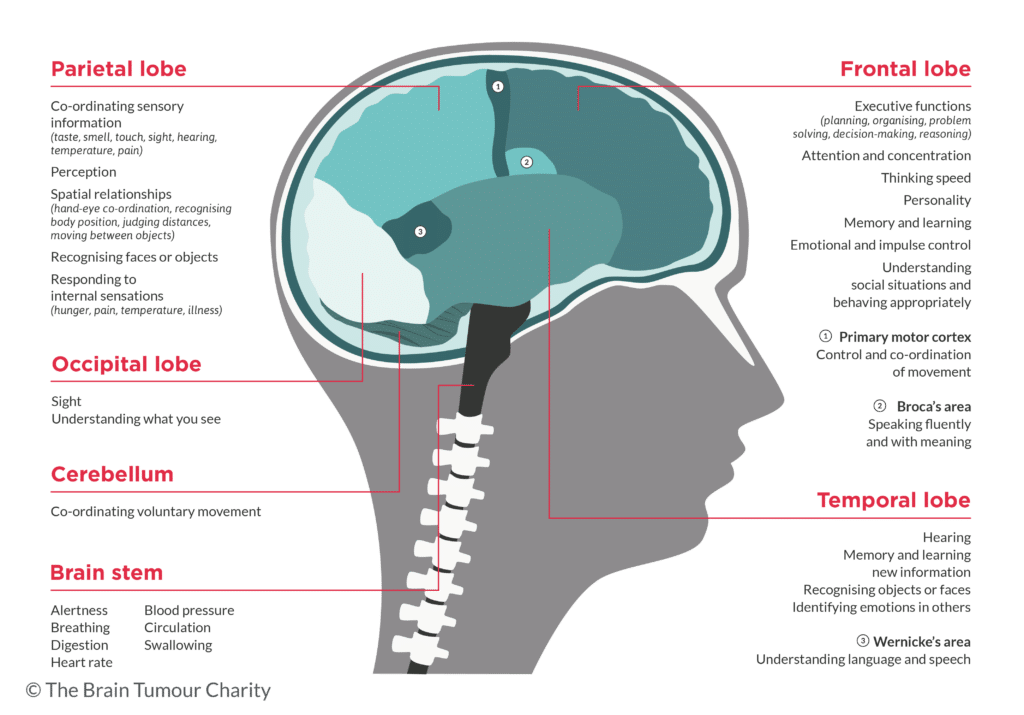
Location-Specific Symptoms
The symptoms of meningioma can also vary depending on their location within the brain. Here are some location-specific symptoms to be aware of:
Frontal Lobe Meningioma Symptoms
Frontal lobe meningiomas may cause problems with concentration, planning, reasoning, personality changes, or difficulty initiating movement.
Temporal Lobe Meningioma Symptoms
Temporal lobe meningiomas can lead to memory problems, language difficulties, changes in speech patterns, or seizures.
Parietal Lobe Meningioma Symptoms
Parietal lobe meningiomas may cause sensory disturbances such as numbness, tingling, or difficulty with coordination and spatial awareness.
Occipital Lobe Meningioma Symptoms
Occipital lobe meningiomas can result in visual disturbances, including vision loss, hallucinations, or difficulty perceiving colors.
Symptoms in Children
Meningiomas are rare in children, but when they occur, the symptoms can differ from those in adults. If your child exhibits any of the following symptoms, it is crucial to seek medical attention:
Delayed Developmental Milestones
Children with meningiomas may experience delays in reaching normal developmental milestones, such as sitting, standing, or speaking.
Balance and Coordination Issues
Meningiomas can affect a child’s balance and coordination, making it harder for them to walk, run, or perform other motor activities.
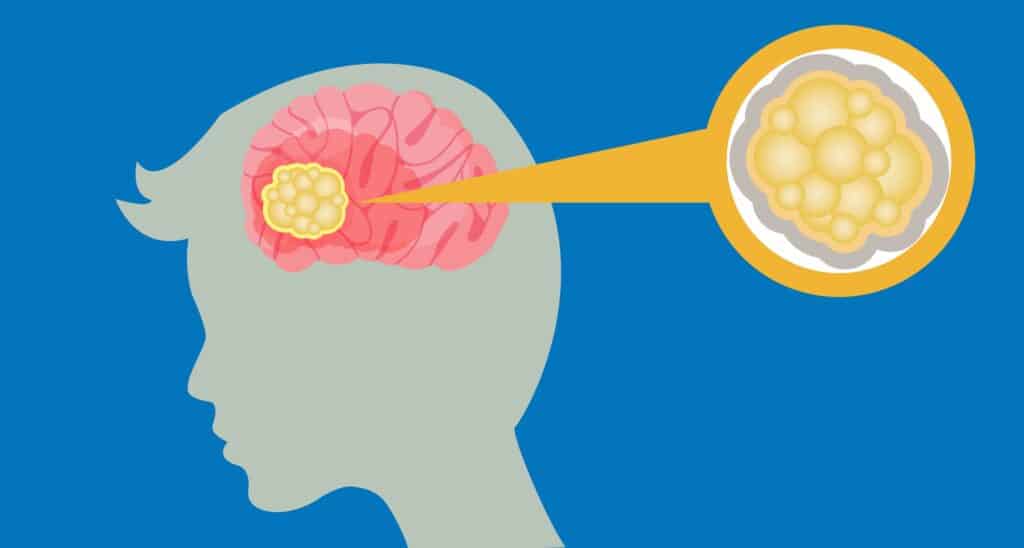
When to Seek Medical Attention
If you or a loved one experiences any of the symptoms mentioned, it is important to consult a healthcare professional for further evaluation. While these symptoms can be indicative of meningioma, they can also be caused by other medical conditions. A healthcare professional will be able to assess your symptoms, perform diagnostic tests, and provide a proper diagnosis.
Diagnosing Meningioma
Diagnosing meningioma typically involves a combination of medical history review, neurological examination, and imaging tests. In some cases, a biopsy may also be necessary for confirmation. Here are the main methods used for diagnosing meningioma:
Neurological Examination
A healthcare professional will perform a detailed neurological examination to assess the functioning of your brain and nervous system. This may involve evaluating your reflexes, strength, coordination, and sensory responses.
Imaging Tests
Imaging tests, such as magnetic resonance imaging (MRI) and computed tomography (CT) scan, are crucial for visualizing the brain and identifying the presence of a meningioma. These tests can provide detailed images of the tumor’s location, size, and characteristics.
Biopsy
In some cases, a biopsy may be necessary to confirm the diagnosis of meningioma. During a biopsy, a small sample of tissue is removed from the tumor for examination under a microscope. This procedure is typically performed by a neurosurgeon or interventional radiologist.
In conclusion, meningioma is a type of brain tumor that originates in the meninges. While typically slow-growing and benign, meningiomas can still cause significant symptoms and health issues depending on their size, location, and grade. Understanding the different types, causes, and symptoms of meningioma is crucial for early detection and proper treatment. If you or a loved one experience any symptoms or concerns, it is important to seek medical attention to receive a proper evaluation and diagnosis.
